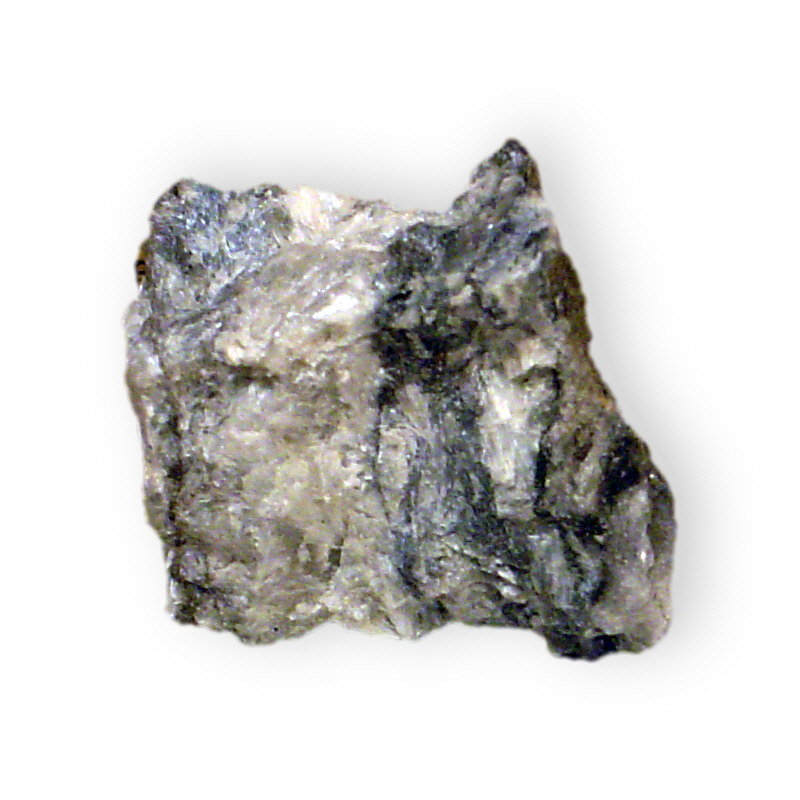Asbestos has been widely used in construction materials, but also in equipment that is used during extreme conditions, e.g. in gloves and in other clothes for thermal insulation, in brake pads or as reinforcement in exposed materials.
Asbestos is a group of fibrous minerals with properties such as:
- high tensile strength
- very good thermal and electrical insulation properties
- resistance to chemicals
- long fibers - can be woven into fabric or mats
- large specific surface giving high absorptive capacity
When the hazards of asbestos were discovered, its use was banned in many countries. Within EU, legislation has been under continuous development since the seventies. A general ban on the production and marketing of asbestos has been in effect since 2005. The handling of asbestos in any form has been prohibited since April 2006, with only demolition, maintenance and removal work allowed under strictly regulated conditions.
Today, removal of asbestos is an important task. Materials where asbestos can be found include: thermal insulation (e.g. pipe insulation), fire proofing, floor tiles, floor adhesives, roofing tars, patching and joint compounds for walls and ceilings, window-sills, textiles, brake pads and shoes.
Identification
To examine whether asbestos is present in a material sample, light microscopy is used. The appearance and the light refraction are used to distinguish between asbestos and other fibers, and to identify the type of asbestos in the sample. Asbestos in dust and air samples is analysed with scanning electron microscopy (SEM).
Material samples
During demolition work, it is often important to ascertain whether asbestos is present in the construction materials or not. Asbestos may be found in insulation, floor tiles, adhesives etc. Material samples that are sent to the laboratory are first examined using a stereo microscope. Sometimes it is possible to detect potential asbestos fibers at this first stage. They can then be hand-picked for examination with a microscope. Most often, however, a subsample is ground for homogenization, diluted with acetone and ultrasonicated. One or two drops of the suspension are then added to an object glass. After drying, refraction oil is added and a cover glass applied. The sample is then ready for examination with a microscope.
Examination under the microscope allows the presence of asbestos to be verified and provides a rough estimate of the amount. By mixing the sample with different refraction oils until the refraction is the same in the fiber as in the oil, it is possible to identify the fiber type. The fiber types include chrysotile, anthophyllite, tremolite, amosite (asbestos gruenerite) and crocidolite.

Asbestos fibers in air
For detection of airborne asbestos fibers, which often are thinner than fibers from material samples, higher magnification is needed than can be achieved with light microscopy. Asbestos in dust or from air samples is therefore examined using scanning electron microscopy (SEM) with a magnification of up to several thousand times.
Dust samples are analyzed for asbestos when contamination from asbestos removal or from other asbestos sources is suspected.
To be able to distinguish airborne asbestos fibers from other fibers, a special sampling technique is used. Air is being pumped through a polycarbonate filter, which is then examined using SEM. Asbestos fibers are very small (often <0,0005 mm in diameter). In order to quantify the asbestos concentration, the sample has to be studied at 1000–2000 times magnification. The microscope is equipped with an energy dispersive sector, which allows the chemical compostion of the fibers to be determined. Thereby, the different types of asbestos fibers can be separated.
Fiber counting
The concentration of asbestos fibers in air can be determined by sampling on a filter (filter for total dust or polycarbonate filter). The filter for total dust is analyzed using light microscopy. All fibers with thicknesses less than 3 µm are counted, regardless of fiber type. Given the volume of sampled air, the fiber concentration expressed as numbers per ml can be calculated.
Why is asbestos hazardous?
Asbestos fibers are regarded as more hazardous to health than other fibers, since the fibers are needle-shaped and thus can enter the lungs. Thin asbestos fibers that are inhalated can become stuck in the lung tissue. The fibers do not dissolve, but keep irritating the tissue. After some time, alterations of the lung tissue may show. Depending on how severe these alterations become, various diseases can develop, e.g.:
- pleural plaques (scarring of the membranes lining the lung and chest)
- asbestosis (the amount of connective tissue in the lungs increase, causing breathing abnormalities)
- mesothelioma (a rare form of cancer in the membranes lining the chest and the abdominal cavity)
For further information, please refer to the European Agency for Safety and Health at Work or the World Health Organization.